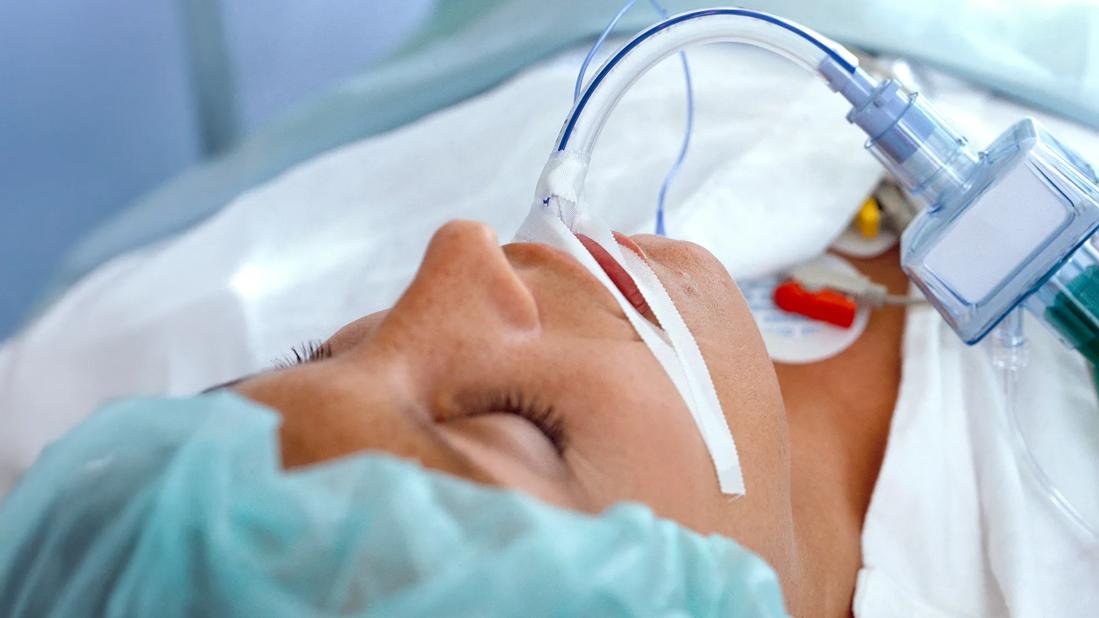When a previously healthy woman developed a bowel obstruction in her hometown of Fort Wayne, Indiana, no one anticipated it would lead to a life-threatening airway injury. After over a month intubated and delayed tracheostomy, the patient arrived…
Author: admin
-
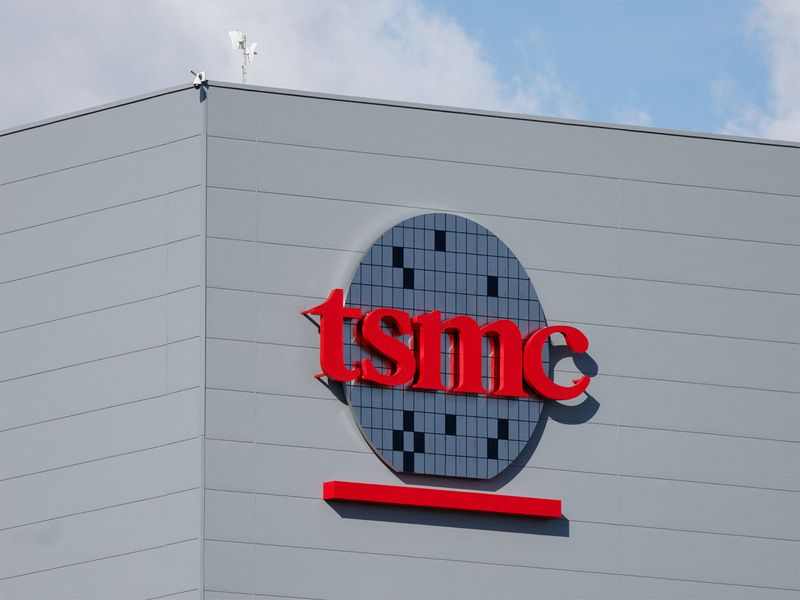
Taiwan: TSMC A14 fab construction approved, set to start soon
Taipei [Taiwan], October 31 (ANI): Taiwan Semiconductor Manufacturing Co. (TSMC) has secured three construction permits for its plan to build a state-of-the-art A14 wafer fab in Taichung, central Taiwan, and is likely to start construction soon, the Central Taiwan Science Park Bureau said on Wednesday, according to a report by Focus Taiwan.
As per the report, Wang Chun-chieh, deputy director general of the science park bureau, said the world’s largest contract chipmaker has received three construction permits: one to build a fab to roll out sophisticated chips, another to build a central utility plant (CUP) to provide water and electricity for the facility and the other to build three office buildings.
The report noted that Wang said that with the three permits, TSMC will be able to begin the construction of its high-speed wafer fab soon, citing a recent briefing to the park authorities by the chipmaker as noting the facility will use the advanced A14 process.
Wang’s comments came after the National Science and Technology Council (NSTS) confirmed on Oct. 18 that TSMC had applied for permission from the science authorities to build the A14 fab.
Citing information on the TSMC website, the report said that the A14 technology is designed to drive artificial intelligence transformation by delivering faster computing and greater power efficiency.
“The A14 technology, or 1.4-nanometer process, will be 15 per cent faster than the 2nm process at the same power,” the report quoted TSMC. “With a 30 per cent power reduction, the 1.4nm chip will have the same speed as the 2nm, which is scheduled to start commercial production later this year. “
The 3nm process is the latest technology for which TSMC has started mass production. The report noted that the company’s advanced processes, including 3nm, 5nm and 7nm, are in high demand during the current artificial intelligence development boom and the company has intensified efforts to upgrade its technologies to meet growing demand.
The science park has completed preparatory work for the A14 fab site with TSMC conducting joint inspections and the report said the chipmaker is likely to kick off construction work soon.
Taichung City Government has said TSMC’s new fab is expected to create NT$485.7 billion (USD 15.85 billion) per year in production value and about 4,500 job openings.
According to the report, TSMC is aiming to begin construction of the A14 fab at the end of the year and start mass production in the second half of 2028. A recruitment campaign has begun for the new facility, Wccftech said.
“To a market estimate, TSMC will spend USD 49 billion to build the plant,” the report said. (ANI)
(This content is sourced from a syndicated feed and is published as received. The Tribune assumes no responsibility or liability for its accuracy, completeness, or content.)
Continue Reading
-

IAS uncovers ‘Arcade’ ad-fraud scheme exploiting Android gaming apps | News
Integral Ad Science (IAS) has uncovered a new ad-fraud operation exploiting Android gaming apps to covertly divert ad traffic to a network of HTML5 gaming domains. Called ‘Arcade’, the scheme has…
Continue Reading
-
Access Denied
Access Denied
You don’t have permission to access “http://indianexpress.com/article/sports/cricket/australia-vs-india-2nd-t20-live-cricket-streaming-telecast-online-how-to-watch-ind-vs-aus-t20-match-live-score-stream-10337258/” on this…
Continue Reading
-
Pakistan, Afghanistan agree to continue ceasefire – RADIO PAKISTAN
- Pakistan, Afghanistan agree to continue ceasefire RADIO PAKISTAN
- Pakistan and Afghanistan agree to maintain truce for another week: Turkiye Al Jazeera
- ‘Ray of light’ seen in Istanbul talks between Pakistan and Afghanistan: Khawaja Asif Dawn
Continue Reading
-
Pakistan condemns atrocities in Sudan – RADIO PAKISTAN
- Pakistan condemns atrocities in Sudan RADIO PAKISTAN
- ‘A true genocide’: RSF kills ‘at least 1,500 people’ in Sudan’s el-Fasher Al Jazeera
- ‘We saw people murdered in front of us’ – Sudan siege survivors speak to the BBC BBC
- Rebels…
Continue Reading
-
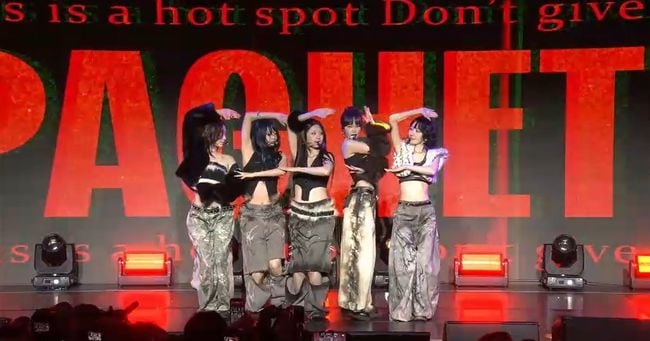
LE SSERAFIM Dazzles at NVIDIA Finale, CEO Hails as 'Great Performer' – 조선일보
- LE SSERAFIM Dazzles at NVIDIA Finale, CEO Hails as ‘Great Performer’ 조선일보
- Krafton and Nvidia Unveil “PUBG Ally” to Revolutionize Gameplay with AI 아시아경제
- Girl group Le Seraphim appeared with the introduction of global company CEO…
Continue Reading
-
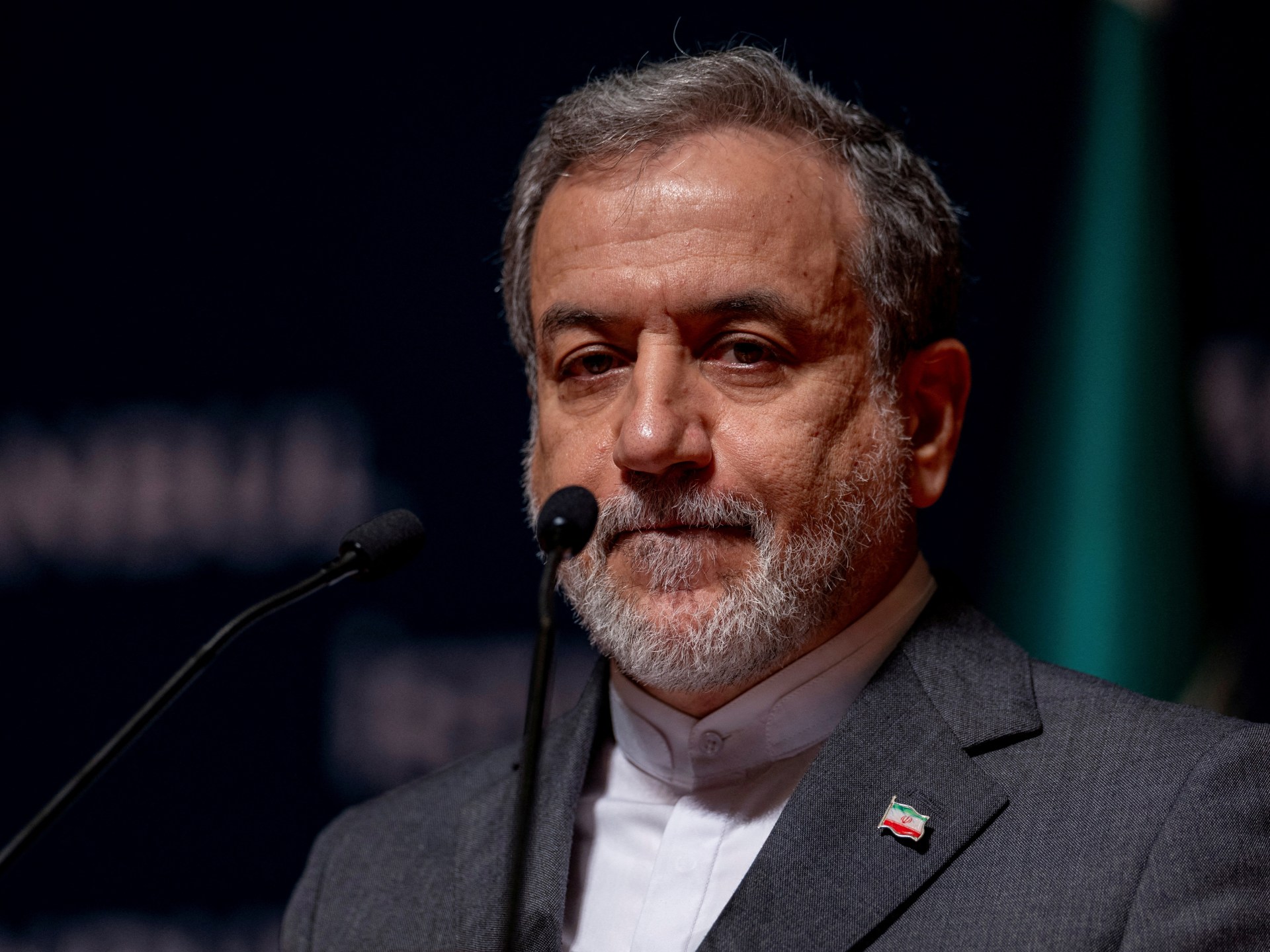
Iran condemns Trump’s call to resume US nuclear testing | Donald Trump News
Tehran rebukes US plans for nuclear tests, citing hypocrisy over peaceful nuclear programme accusations.
Iranian Foreign Minister Abbas Araghchi has condemned calls by United States President Donald Trump for the Pentagon to resume nuclear weapons…
Continue Reading
-
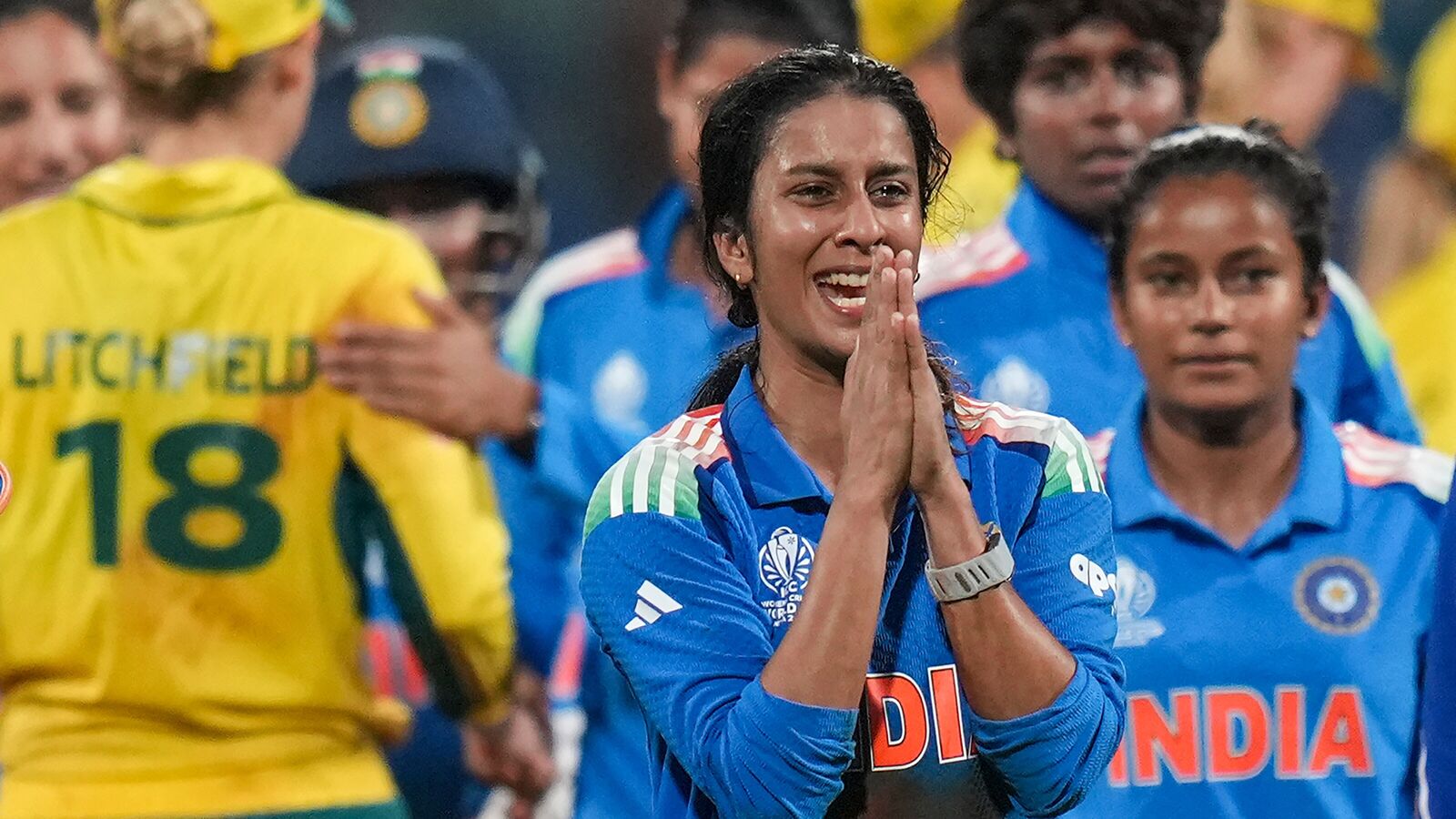
Jemimah Rodrigues breaks down not once but twice after historic win as India beat Australia to enter World Cup final
Jemimah Rodrigues, emerged as the star of India women’s national cricket team during the Thursday match, held at the Dr DY Patil Stadium in Navi Mumbai. It wasn’t just her exceptional performance, enduring prowess and zeal that caught the…
Continue Reading
-
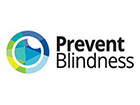
Prevent Blindness Offers New Resources as Part of November’s Diabetes Related Eye Disease Month
CHICAGO—Prevent Blindness, a nonprofit eye health organization, has announced it is offering new resources to the public as part of its Diabetes Related Eye Disease Month in November. According to the study titled
Continue Reading
